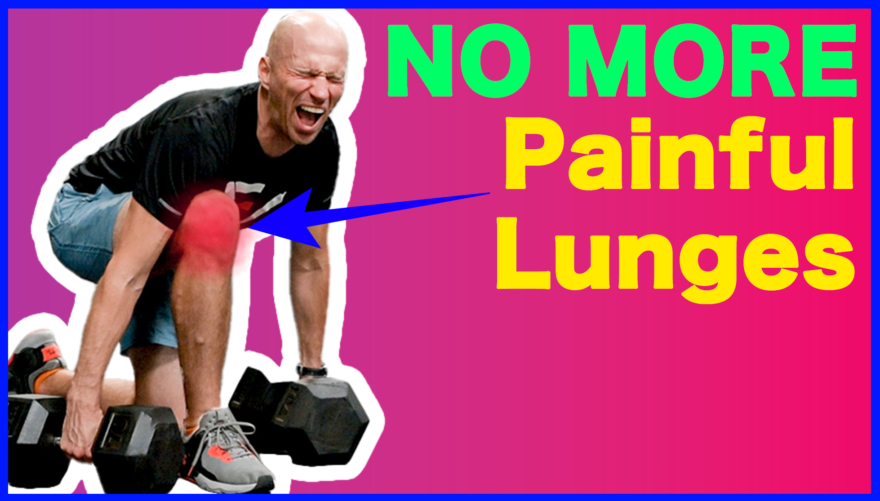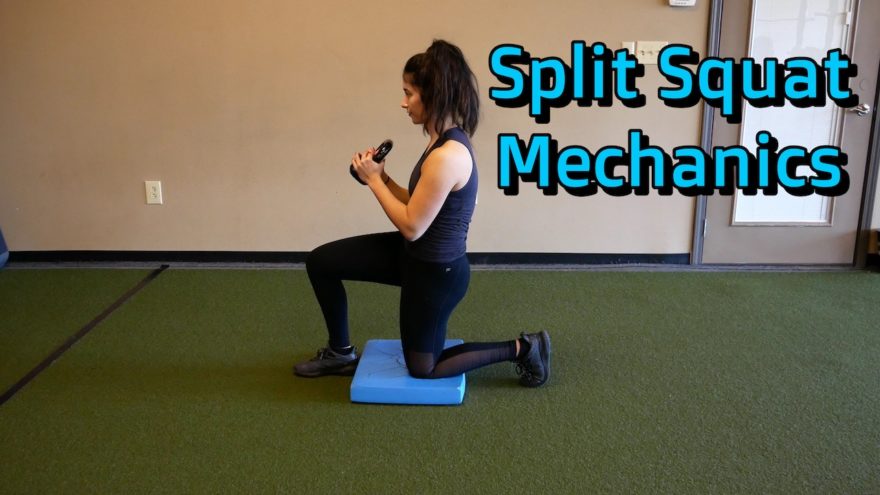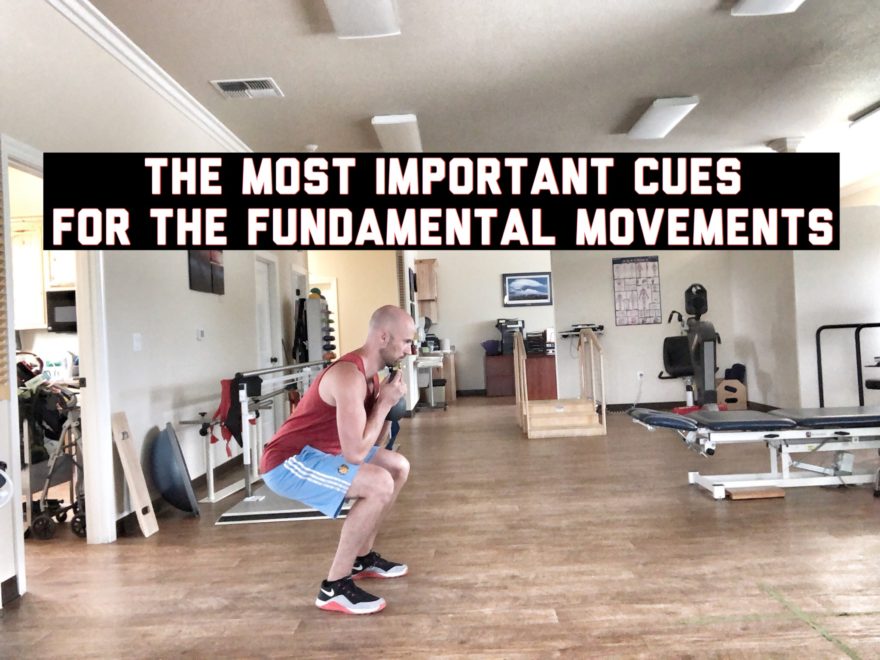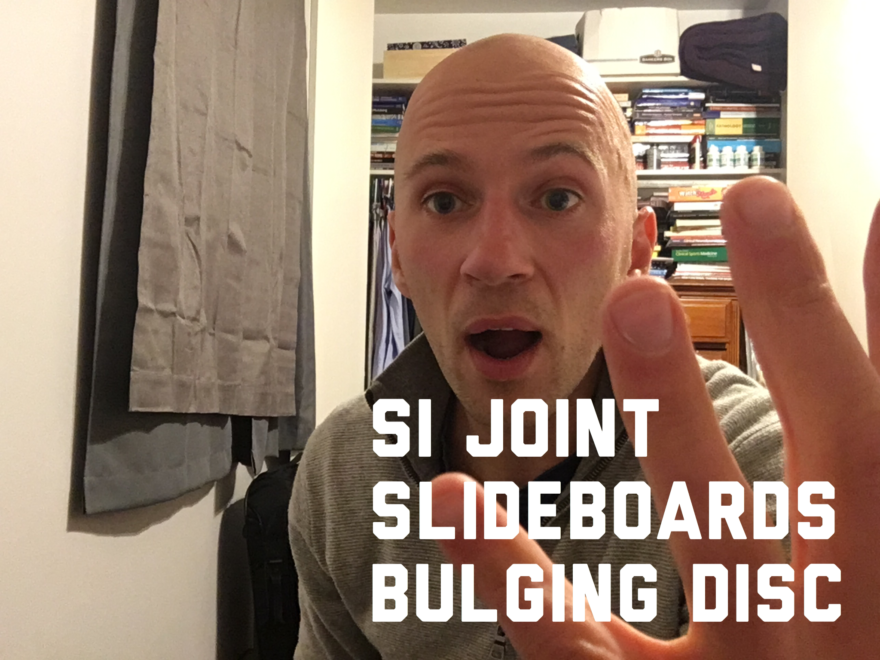Tag: lunge

If Lunges Hurt DO These 3 Drills
These moves work FAST Do you have knee pain during lunges? Sometimes the perfect technique isn’t enough. You might need…

Split Squat Biomechanics
The split squat is incredibly versatile, but how can I most effectively use it to drive the range of motions…

Next Level Lower Body: Pelvis Mechanics and Single Leg Exercise
Want to develop a comprehensive approach to restoring movement to help someone in pain? An approach that allows you to…

The Most Important Cues for the Fundamental Movements
Finding that one cue that completely changes a client’s movement quality is beyond gratifying. A cue that makes an exercise…
Movement Chapter 6: Functional Movement Screen Descriptions
This is a chapter 6 summary of the book “Movement” by Gray Cook. Screening Keys The FMS is not considered…

